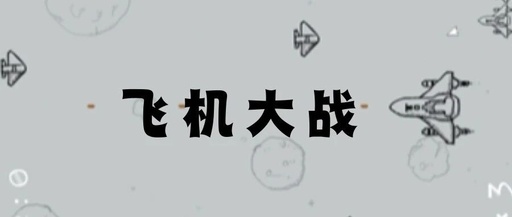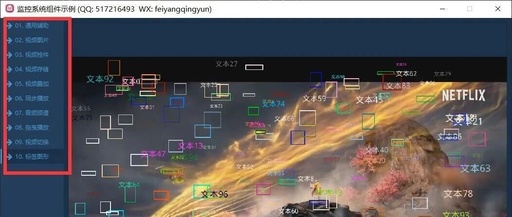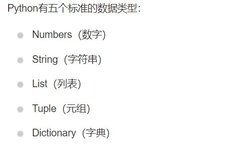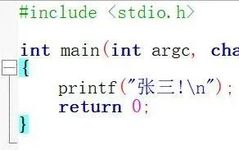Exploring Arm-2D: Is JPEG Decoding Meaningful for Resource-Constrained Systems?
IntroductionFor embedded product development, cost is the most fundamental consideration. Even if the conclusions are similar for the same problem, they often have completely different paths in different contexts. Take the question of whether “JPEG software decoding on the Cortex-M platform is meaningful” as an example; the thought process here is quite typical:First, the Cortex-M … Read more








